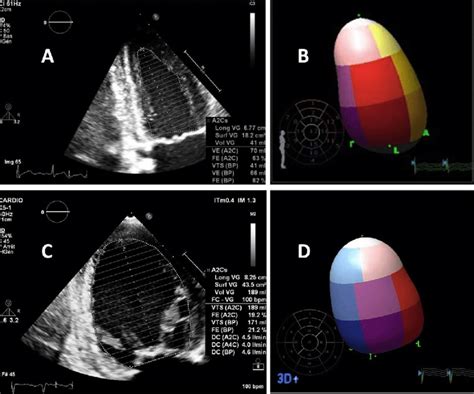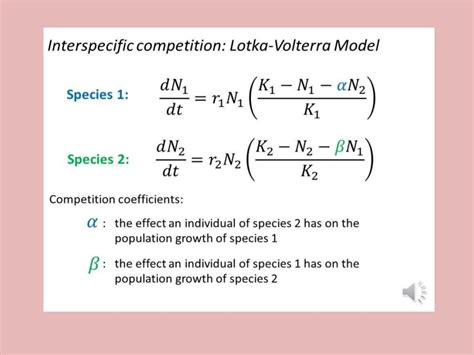lv equation | how to calculate lvef lv equation The Lotka–Volterra equations, also known as the Lotka–Volterra predator–prey model, are a pair of first-order nonlinear differential equations, frequently used to describe the dynamics of biological systems in which two species interact, one as a predator and the other as prey. The populations change through time according to the pair of equations: where Rolex Submariner 5512. Filter (0) Certified. Includes Buyer Protection. European Union. North and South America. Watch with original box and original papers. to $17,800. to $21,100. from $21,100. 1960's. 1970's. 1950's. Rotating Bezel. Screw-Down Crown. Central seconds. }"> 102 listings including promoted listings. Sort by.
0 · simpson lvef calculation
1 · lotka volterra equations
2 · left ventricular volume calculation
3 · left ventricular ejection fraction calculator
4 · left ventricular ejection formula
5 · how to calculate lvef
The Day-Date was updated again in the late 70s when a new calibre was introduced by Rolex. The was still available in many combinations (indicated by the last digit of the model number) but Rose gold was discontinued (which does help to make Rose gold 1800 editions more collectable ).
Determine the left ventricular mass using the LV mass equation. Divide the value obtained in step 1 by the body surface area (BSA), calculated based on the patient's weight .This tool needs only your weight and height to solve the equation. After plugging in .Left ventricular mass is an important determinant of diagnosis and prognosis in patients with heart disease, in specific for determination of severity and type of cardiac hypertrophy. Formulas LV Mass = 0.8 x (1.04 x (((LVEDD + IVSd .The Lotka–Volterra equations, also known as the Lotka–Volterra predator–prey model, are a pair of first-order nonlinear differential equations, frequently used to describe the dynamics of biological systems in which two species interact, one as a predator and the other as prey. The populations change through time according to the pair of equations: where
Left ventricular ejection fraction (LVEF) is the central measure of left ventricular systolic function. LVEF is the fraction of chamber volume .The afterload on individual muscle fibers within the wall of the heart is often expressed as ventricular wall stress (σ) and described by the following equation: (P, ventricular pressure; r, .
Ejection fraction (EF) is a measurement, expressed as a percentage, of how much blood the left ventricle pumps out with each contraction. An ejection fraction of 60 percent .The Devereux formula for calculation of left ventricular (LV) mass is in wide clinical use.1 The formula, usually stated as 0.8{1.04[([LVEDD + IVSd + PWd]3 − LVEDD3)]} + 0.6 where .

dh gate replica shoes nike swoosh
LVM is the acronym for Left Ventricular Mass. LV mass (LVM) is a vital prognostic measurement we obtain with echocardiography to manage hypertension. RWT is the acronym for Relative Wall Thickness and is an additional reference value .Calculation of left ventricular mass. mass LV = 1.05 (mass total – mass cavity) LV = left ventricle; 1.05 = mycoardial mass constant. We aimed to compare the accuracy of the Devereux formula (DEV) and the Teichholz formula (TEICH) in calculating LV myocardial mass in Echo using cardiac magnetic . Determine the left ventricular mass using the LV mass equation. Divide the value obtained in step 1 by the body surface area (BSA), calculated based on the patient's weight and height in square meters (m²).
Left ventricular mass is an important determinant of diagnosis and prognosis in patients with heart disease, in specific for determination of severity and type of cardiac hypertrophy. Formulas LV Mass = 0.8 x (1.04 x (((LVEDD + IVSd +PWd) 3 - LVEDD 3 ))) + 0.6The Lotka–Volterra equations, also known as the Lotka–Volterra predator–prey model, are a pair of first-order nonlinear differential equations, frequently used to describe the dynamics of biological systems in which two species interact, one as a predator and the other as prey. Left ventricular ejection fraction (LVEF) is the central measure of left ventricular systolic function. LVEF is the fraction of chamber volume ejected in systole (stroke volume) in relation to the volume of the blood in the ventricle at the end of diastole (end-diastolic volume).The afterload on individual muscle fibers within the wall of the heart is often expressed as ventricular wall stress (σ) and described by the following equation: (P, ventricular pressure; r, ventricular radius; h, wall thickness).
Ejection fraction (EF) is a measurement, expressed as a percentage, of how much blood the left ventricle pumps out with each contraction. An ejection fraction of 60 percent means that 60 percent of the total amount of blood in the left ventricle is pushed out with each heartbeat.
The Devereux formula for calculation of left ventricular (LV) mass is in wide clinical use.1 The formula, usually stated as 0.8{1.04[([LVEDD + IVSd + PWd]3 − LVEDD3)]} + 0.6 where LVEDD, IVSd, and PWd represent LV, interventricular septal, and posterior wall thickness in diastole, respectively, was derived assuming LV dimensions in centimeters.
LVM is the acronym for Left Ventricular Mass. LV mass (LVM) is a vital prognostic measurement we obtain with echocardiography to manage hypertension. RWT is the acronym for Relative Wall Thickness and is an additional reference value that can help further classify the type of LVH.Calculation of left ventricular mass. mass LV = 1.05 (mass total – mass cavity) LV = left ventricle; 1.05 = mycoardial mass constant. We aimed to compare the accuracy of the Devereux formula (DEV) and the Teichholz formula (TEICH) in calculating LV myocardial mass in Echo using cardiac magnetic resonance (CMR) as the reference. Determine the left ventricular mass using the LV mass equation. Divide the value obtained in step 1 by the body surface area (BSA), calculated based on the patient's weight and height in square meters (m²).
Left ventricular mass is an important determinant of diagnosis and prognosis in patients with heart disease, in specific for determination of severity and type of cardiac hypertrophy. Formulas LV Mass = 0.8 x (1.04 x (((LVEDD + IVSd +PWd) 3 - LVEDD 3 ))) + 0.6
The Lotka–Volterra equations, also known as the Lotka–Volterra predator–prey model, are a pair of first-order nonlinear differential equations, frequently used to describe the dynamics of biological systems in which two species interact, one as a predator and the other as prey. Left ventricular ejection fraction (LVEF) is the central measure of left ventricular systolic function. LVEF is the fraction of chamber volume ejected in systole (stroke volume) in relation to the volume of the blood in the ventricle at the end of diastole (end-diastolic volume).The afterload on individual muscle fibers within the wall of the heart is often expressed as ventricular wall stress (σ) and described by the following equation: (P, ventricular pressure; r, ventricular radius; h, wall thickness).
Ejection fraction (EF) is a measurement, expressed as a percentage, of how much blood the left ventricle pumps out with each contraction. An ejection fraction of 60 percent means that 60 percent of the total amount of blood in the left ventricle is pushed out with each heartbeat.
The Devereux formula for calculation of left ventricular (LV) mass is in wide clinical use.1 The formula, usually stated as 0.8{1.04[([LVEDD + IVSd + PWd]3 − LVEDD3)]} + 0.6 where LVEDD, IVSd, and PWd represent LV, interventricular septal, and posterior wall thickness in diastole, respectively, was derived assuming LV dimensions in centimeters.LVM is the acronym for Left Ventricular Mass. LV mass (LVM) is a vital prognostic measurement we obtain with echocardiography to manage hypertension. RWT is the acronym for Relative Wall Thickness and is an additional reference value that can help further classify the type of LVH.
Calculation of left ventricular mass. mass LV = 1.05 (mass total – mass cavity) LV = left ventricle; 1.05 = mycoardial mass constant.
simpson lvef calculation

Find authentic vintage and modern timepieces from Rolex on 1stDibs. Shop our rolex datejust 1980 selection from top sellers and makers around the world. Global shipping .
lv equation|how to calculate lvef

























